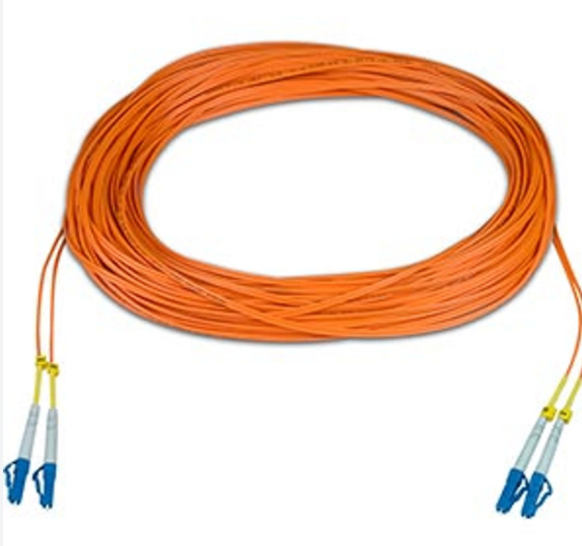Oufu Optical Fiber Cable Co.,Ltd
Address: Shenyang, Liaoning, China
Contact person: Manager Zhang
Phone: 400-964-1314
Mobile phone: +86 13904053308
【whatsapp && wechat】
2025-04-21 23

Orange fiber optic cables are the backbone of multimode fiber systems, designed for high-bandwidth data transmission over short distances. Their distinctive orange jacket isn’t just aesthetic—it’s a standardized identifier for OM1 (62.5/125µm) and OM2 (50/125µm) multimode fibers. Unlike yellow single-mode cables built for long-haul communication, orange cables excel in data centers, campus networks, and LANs where cost-effectiveness and ease of installation matter.
Fun fact: In 2023, over 60% of data center upgrades relied on OM2 orange cables due to their balance of performance and affordability.
Choosing between OM1 and OM2 requires understanding their technical nuances. Here’s a breakdown:
| Feature | OM1 | OM2 |
|---|---|---|
| Core Diameter | 62.5µm | 50µm |
| Max Distance (1Gbps) | 275 meters | 550 meters |
| Bandwidth | 200 MHz·km (850nm) | 500 MHz·km (850nm) |
| Typical Use Case | Legacy LANs, CCTV | Modern data centers |
While OM1 is cheaper, OM2’s reduced modal dispersion supports longer distances—a critical factor for 10Gbps applications.
In 2025, our team encountered a hospital network crash caused by mismatched fibers. The IT department had used OM1 cables for a new MRI imaging system requiring OM2’s higher bandwidth. The result? Data bottlenecks and delayed diagnostics. After switching to OM2, throughput improved by 200%.
Assess Bandwidth Needs: Determine if your application requires 1Gbps (OM1) or 10Gbps (OM2). For distances beyond 300 meters, OM2 is non-negotiable.
www.adsscable.cn
Verify Connector Types: LC connectors dominate modern systems, while SC/ST suits legacy setups. Mixing connectors? Use hybrid adapters.
Check Jacket Ratings: Riser-rated (CMR) cables are ideal for vertical runs; plenum-rated (CMP) suits air-handling spaces.
Test Before Deployment: Use an OTDR meter to measure insertion loss—OM1 should stay below 3.5 dB/km at 850nm.
Label Everything: Color-code patch panels to avoid confusion with aqua (OM3/OM4) or lime (OM5) cables.
Assuming All Orange Cables Are Equal: OM1 and OM2 have distinct core sizes—using the wrong type halves bandwidth.
Ignoring Bend Radius: Tight bends cause micro-cracks. Keep bends ≥10x the cable diameter.
Overlooking Polishing Types: APC (green) connectors reduce back reflection but aren’t compatible with UPC (blue).
Ever wonder why orange became the multimode default? It traces back to the 1990s TIA-598 standard, which assigned orange to OM1/OM2 for quick visual ID. This system prevents costly errors—imagine splicing single-mode yellow fibers into a multimode network!
Pro tip: In hybrid setups, stripe patterns or printed legends clarify mixed fiber types (e.g., “12F OM1”).
Before finalizing your installation, verify:
☑ Core size matches application (62.5µm for OM1, 50µm for OM2)
☑ Connectors align with equipment ports (LC, SC, ST)
☑ Jacket rating complies with fire codes (CMR/CMP)
☑ Test results show ≤0.3 dB insertion losswww.adsscable.cn
☑ Labels specify fiber type and deployment date
Orange fiber optic cables remain indispensable for balancing cost and performance. Whether upgrading a legacy system or building a high-speed data hub, mastering their specs ensures seamless connectivity. As one network engineer quipped, “In a world of aqua and lime, orange is the unsung hero of the server room.”
By sidestepping common errors and leveraging structured deployment, you’ll transform this vibrant cable into a reliability powerhouse. Now, go wire smarter—not harder.